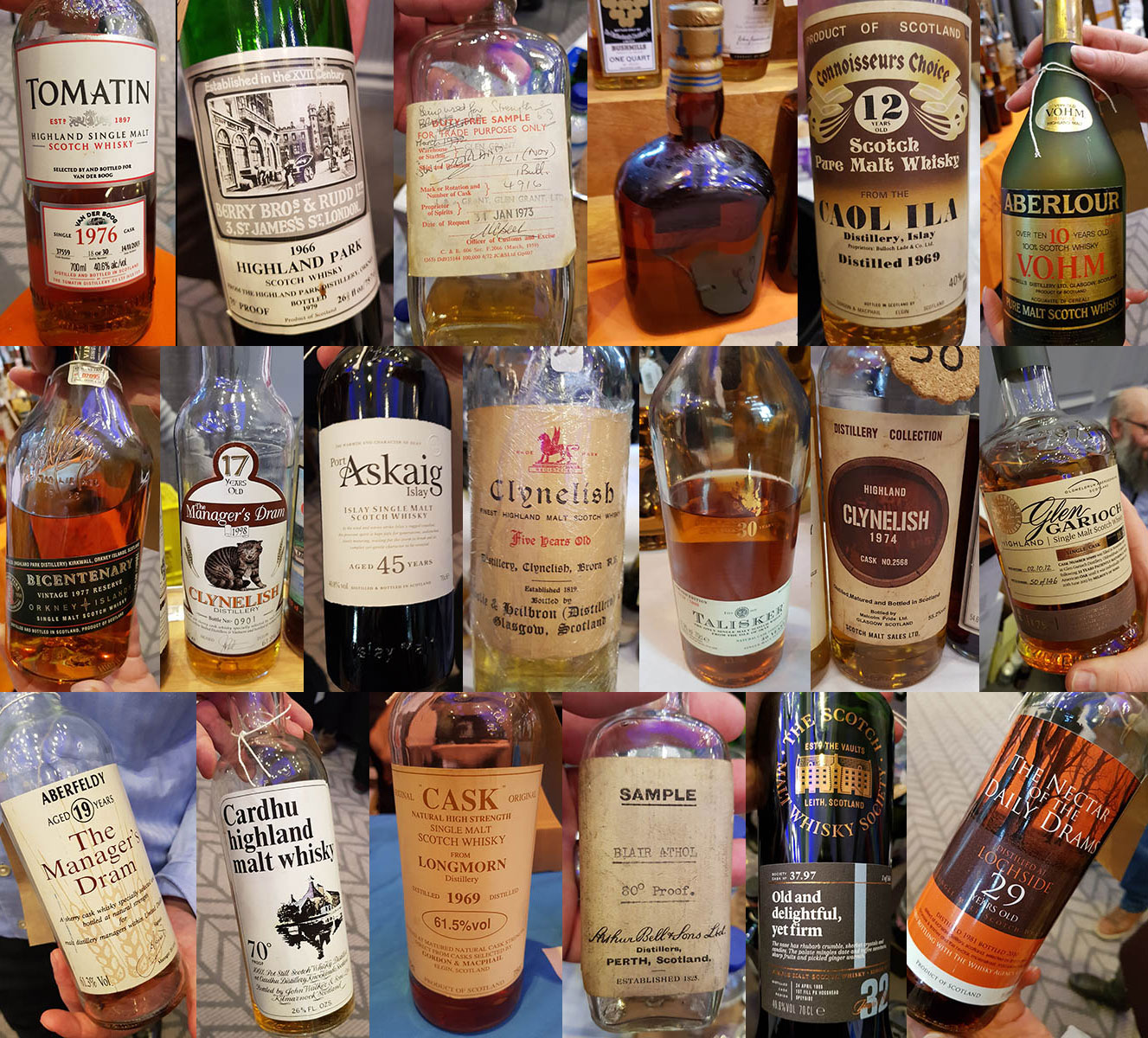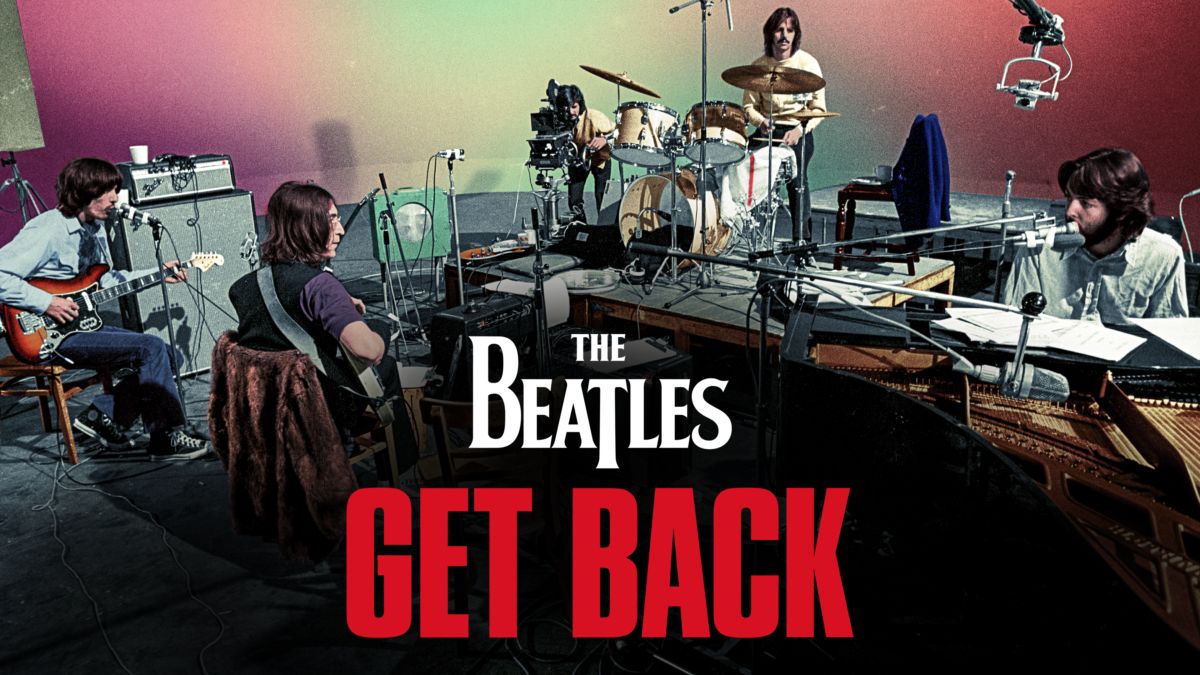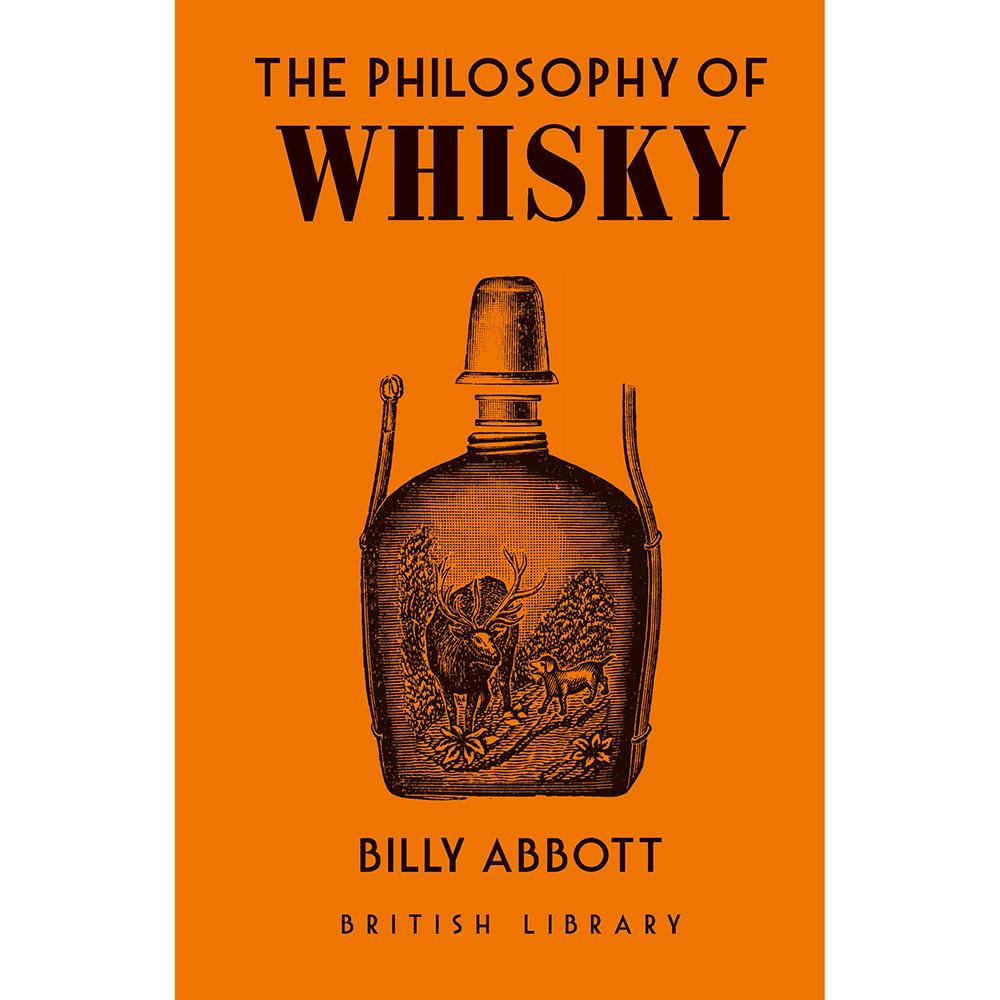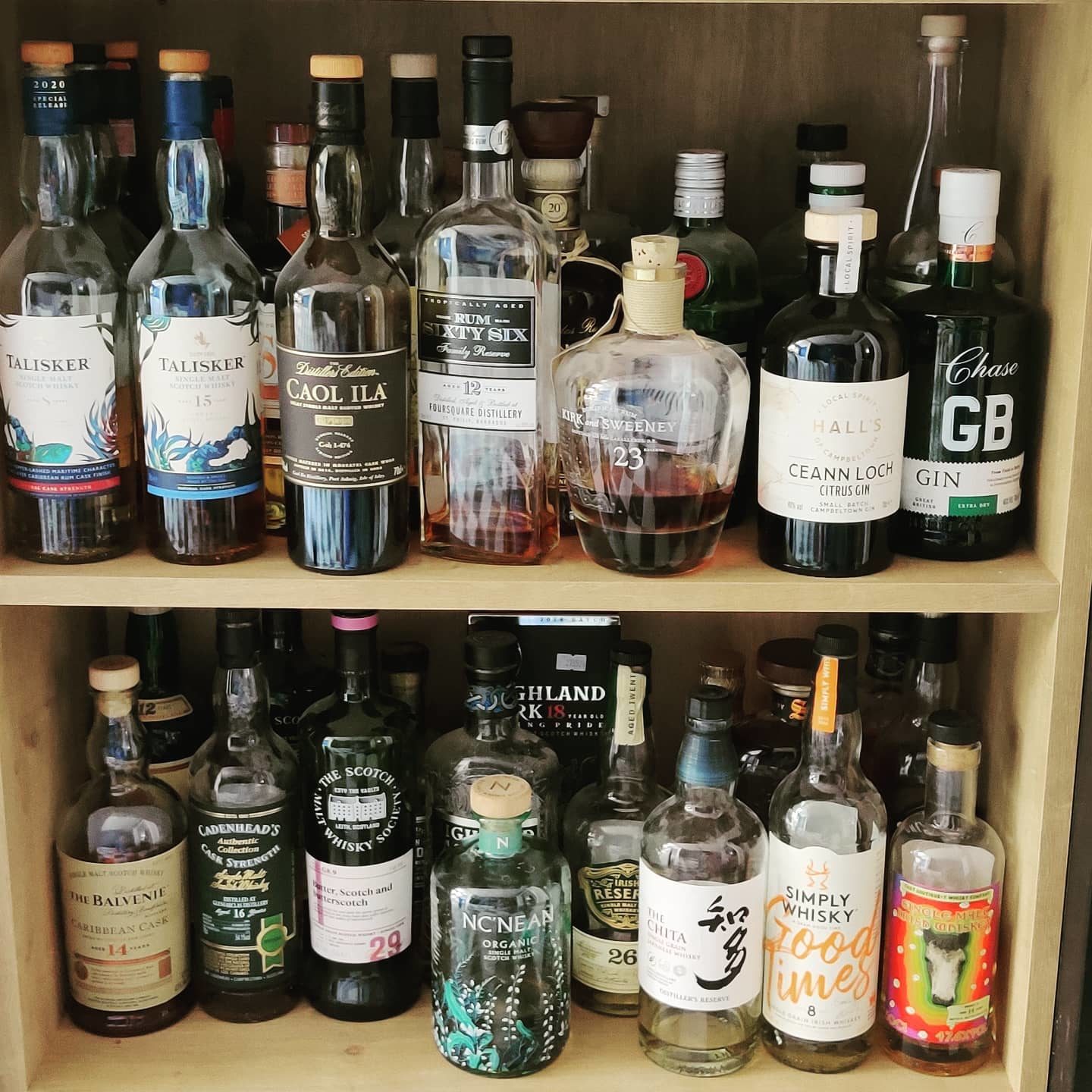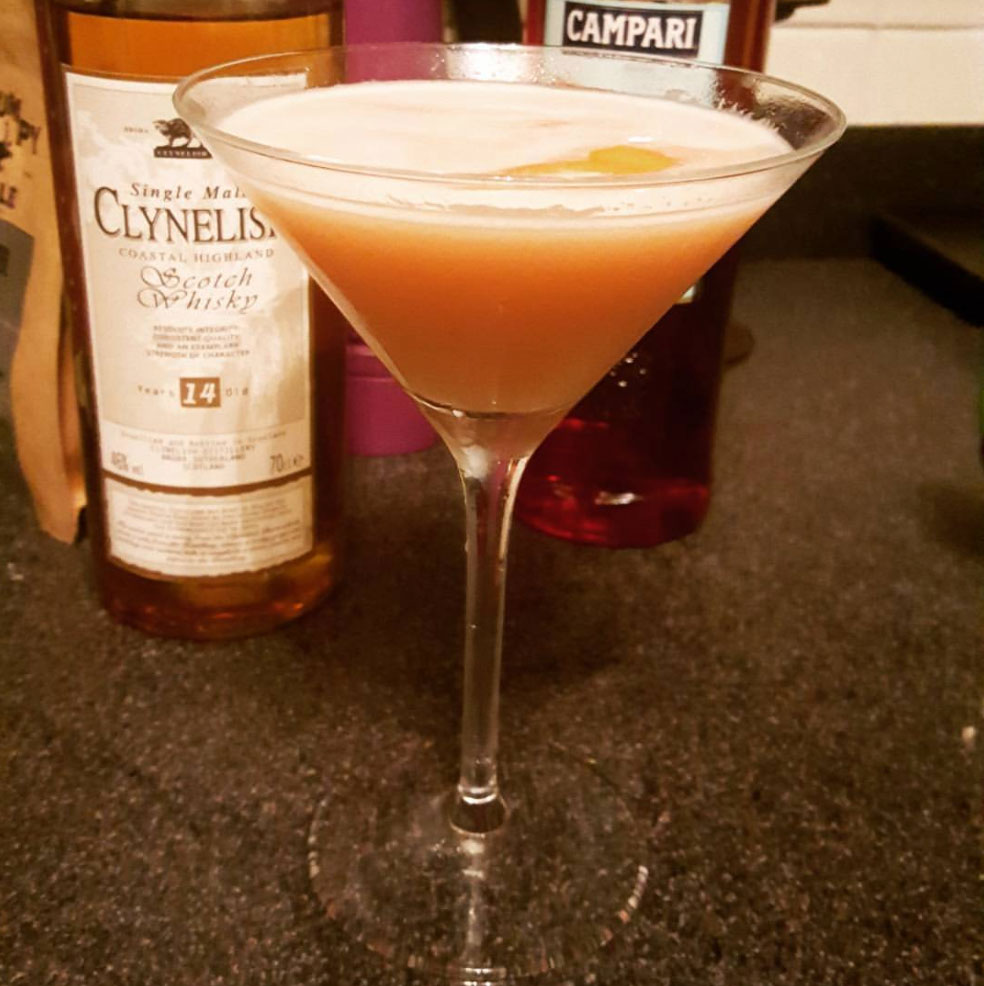
Prior to the Great Campbeltown Adventure, the reason for being in Scotland primarily in the first place was to go to Glasgow for The Whisky Show – Old & Rare. 2018 marked the second time this festival’s been put together, and the second time it’s been an absolutely awesome mindblowing success.
Modelled similarly to some of the festivals in Europe (and thus earning it the nickname of “Limburg-on-Clyde”), Whisky Show Old & Rare differs from the typical UK festival in a couple of ways: the main point of difference is that rather than providing a platform for distillers and brands to put their ranges in front of consumers and trade, this show is about collectors and bottlers coming together to celebrate and explore the whiskies of yesteryear so that people can sample whiskies made in the 1980s, 70s, 60s, 50s… the oldest this year I believe was a bottle of Old Orkney from the Stromness Distillery (closed 1928) distilled some time in the late 1800s. As these bottles are hard-to-find collectibles rather than the usual model of entry being all-inclusive of whiskies this festival is also a pay-by-the-dram affair. Makes sense, when you think about it.
 The “Old” in Old & Rare doesn’t necessarily mean that the whiskies have languished in casks this entire time – as always I went off in search of my favourite distillery (Clynelish), and my ol’ chum Enrico Gaddoni had a 5 year old Clynelish distilled in 1969 there to try (possibly from the original Clynelish distillery, now known as Brora). But there were also some of the famed 70 year old G&M bottlings there to try also, and every combination of age in betwixt.
The “Old” in Old & Rare doesn’t necessarily mean that the whiskies have languished in casks this entire time – as always I went off in search of my favourite distillery (Clynelish), and my ol’ chum Enrico Gaddoni had a 5 year old Clynelish distilled in 1969 there to try (possibly from the original Clynelish distillery, now known as Brora). But there were also some of the famed 70 year old G&M bottlings there to try also, and every combination of age in betwixt.
The real headline drams – other than the Stromness – must have been the Port Ellen bottled to celebrate the Queen’s visit to the distillery in 1980, Black Bowmore from 1964, a 1972 Rare Malts series Brora, and a selection of 1970s Ardbegs, some other Port Ellens, Karuizawas, and other legendary bottlings spoken of in hushed tones by collectors. And at £100 & £200 a measure, dear reader, I didn’t get anywhere near ANY of that stuff.
 The wonderful thing about Old & Rare – and a huge part of why I went back this year – is that there are PLENTY of magnificent drams for prices which don’t have you reaching for an oxygen mask. For instance, Ollie from Elixir Distillers knows of my Clynelish obsession – so he craftily shepherded me towards The Whisky Exchange’s stand where they had a 1970s bottling of Cardhu with a plain black & white label. Unassuming stuff, and it’s fair to say that Cardhu’s not typically a distillery that sets many peoples’ arses aflame with longing (not in the way people lust after Port Ellens and Bowmores and Broras, leastaways). But this one was laden with delicate spicy & fruity niceness, and a huge waxy note charging down the middle! I was gobsmacked! Famously, Clynelish tends to have a waxy character due to the buildup of oils in their feints receiver, and it’s a note which people specifically seek out… and here was a similar thing in a Cardhu! And it was only £4 for a dram!
The wonderful thing about Old & Rare – and a huge part of why I went back this year – is that there are PLENTY of magnificent drams for prices which don’t have you reaching for an oxygen mask. For instance, Ollie from Elixir Distillers knows of my Clynelish obsession – so he craftily shepherded me towards The Whisky Exchange’s stand where they had a 1970s bottling of Cardhu with a plain black & white label. Unassuming stuff, and it’s fair to say that Cardhu’s not typically a distillery that sets many peoples’ arses aflame with longing (not in the way people lust after Port Ellens and Bowmores and Broras, leastaways). But this one was laden with delicate spicy & fruity niceness, and a huge waxy note charging down the middle! I was gobsmacked! Famously, Clynelish tends to have a waxy character due to the buildup of oils in their feints receiver, and it’s a note which people specifically seek out… and here was a similar thing in a Cardhu! And it was only £4 for a dram!
 Another piece of whisky history was proffered to me by one of the festival organisers, Jonny McMillan (famous around these pages also for being my co-organiser of Dramboree – another splendid, mould-breaking festival) in the form of a 12 year old Caol Ila distilled in 1969. “But Caol Ila 12 isn’t a particularly groundbreaking or rare dram”, I hear you intone. Well – as the ever-informative scotchwhisky.com points out, Caol Ila 12yo wasn’t released as an own-bottled single malt til 2002, and more importantly, Distillers Company Limited demolished the distillery in 1972 and the rebuilt one opened in 1974. So this juice was from a completely different distillery to where today’s juice comes from!
Another piece of whisky history was proffered to me by one of the festival organisers, Jonny McMillan (famous around these pages also for being my co-organiser of Dramboree – another splendid, mould-breaking festival) in the form of a 12 year old Caol Ila distilled in 1969. “But Caol Ila 12 isn’t a particularly groundbreaking or rare dram”, I hear you intone. Well – as the ever-informative scotchwhisky.com points out, Caol Ila 12yo wasn’t released as an own-bottled single malt til 2002, and more importantly, Distillers Company Limited demolished the distillery in 1972 and the rebuilt one opened in 1974. So this juice was from a completely different distillery to where today’s juice comes from!
 The biggest (and most annoying) revelation to me about older whiskies is the sheer level of tropical fruity gorgeousness that peep out from some of these old bottlings from the 1960s. Last year I was all about tasting all the Lochside bottlings I could get my hands on (why oh WHY did they have to shut that distillery?!). This year my great revelation was about Longmorn. I used to be a fan of the 15yo bottling, and still liked the replacement 16yo despite its vaguely Blue Oyster Bar costuming. In November last year I was extremely lucky at Jonny’s birthday weekend to try an old Longmorn in the company of some of his old-and-rare-whisky-collecting-chums, and at this festival serial whisky champ Jeroen Koetsier steered me in the direction of an absolute peach of a Longmorn bottled for Gordon & MacPhail’s “CASK” range, distilled in 1969 and bottled at a whopping 61.5%. And I’ve seldom tasted a more fruity and elegant whisky. Little wonder that this distillery & era is the favourite of one of the gentleman who owns & runs The Whisky Exchange.
The biggest (and most annoying) revelation to me about older whiskies is the sheer level of tropical fruity gorgeousness that peep out from some of these old bottlings from the 1960s. Last year I was all about tasting all the Lochside bottlings I could get my hands on (why oh WHY did they have to shut that distillery?!). This year my great revelation was about Longmorn. I used to be a fan of the 15yo bottling, and still liked the replacement 16yo despite its vaguely Blue Oyster Bar costuming. In November last year I was extremely lucky at Jonny’s birthday weekend to try an old Longmorn in the company of some of his old-and-rare-whisky-collecting-chums, and at this festival serial whisky champ Jeroen Koetsier steered me in the direction of an absolute peach of a Longmorn bottled for Gordon & MacPhail’s “CASK” range, distilled in 1969 and bottled at a whopping 61.5%. And I’ve seldom tasted a more fruity and elegant whisky. Little wonder that this distillery & era is the favourite of one of the gentleman who owns & runs The Whisky Exchange.
One of the things that really stuck with me about the weekend was that there were so many of my whisky pals there, and each evening after the session we’d compare notes (or, inevitably, photos on our phones) about who’d tried what – and there was very, very little crossover in lists, yet nobody felt as if they’d missed anything. Though the number of drams you try is lower than a “normal” festival (at least, for anybody without a magical money tree) you do spend a lot, lot longer with each one – the venerable, complex and delicate Blair Athol sample I was lucky enough to try kept me busy nosing and sipping for about an hour, and then a further 20 minutes nosing the empty glass, as it had a presence that just went on and on.
An interesting point made regularly by the show’s other main organiser – old & rare whiskies specialist (and enthusiastic floor-ruiner) Angus MacRaild – is that one of the things he loves about the older styles of whiskies, in a time when production was less geared towards absolute efficiency and maximising yields (and distilleries were run by whisky makers rather than accountants) the more manual methods meant quality was more variable, but while the lowpoints are lower, the highlights were higher than with today’s more uniform and consistent spirit. By and large, the contents of this festival represented a very, very tightly curated selection of highlights (“full” dram list here), I feel – so in a sense it’s looking at the past through some rose-tinted glasses. An absolute privilege, no mistake. But I’d still be wary of using this as a jumping off point to rush out and buy up every bottle I could get hold of that had a distillation date prior to 1980 on it. Although that’s a moot point, because there’s legions of eedjits out there doing just that already.
Cruically, finally – it’s a magnificent festival. It attracts and is staffed by some of the most knowledgeable and passionate whisky enthusiasts in the world, and when next year’s show is announced I’ll be making sure I start saving up a few hundred quid so I can get the most out of it. For the whisky enthusiast with an interest in history and the story of whisky, it’s utterly worth it.
